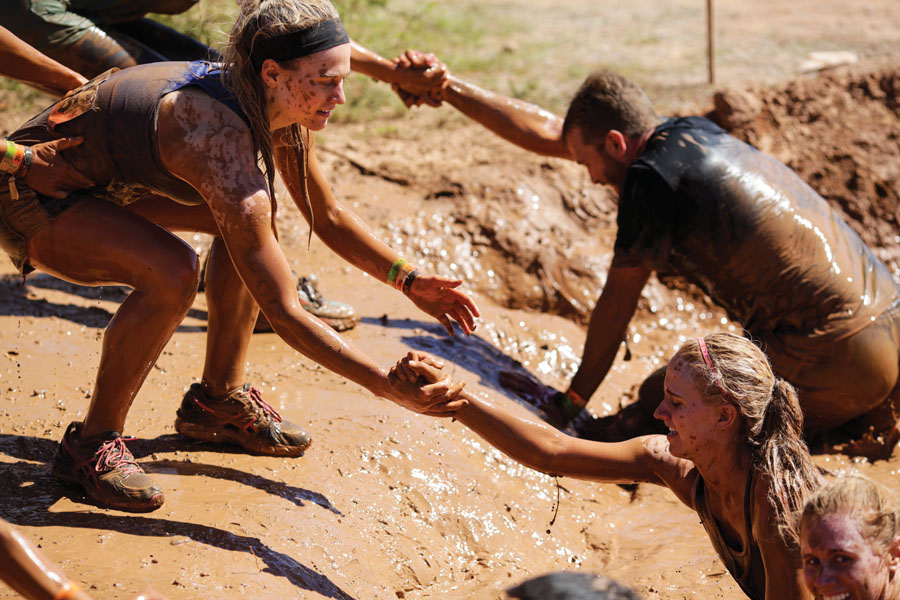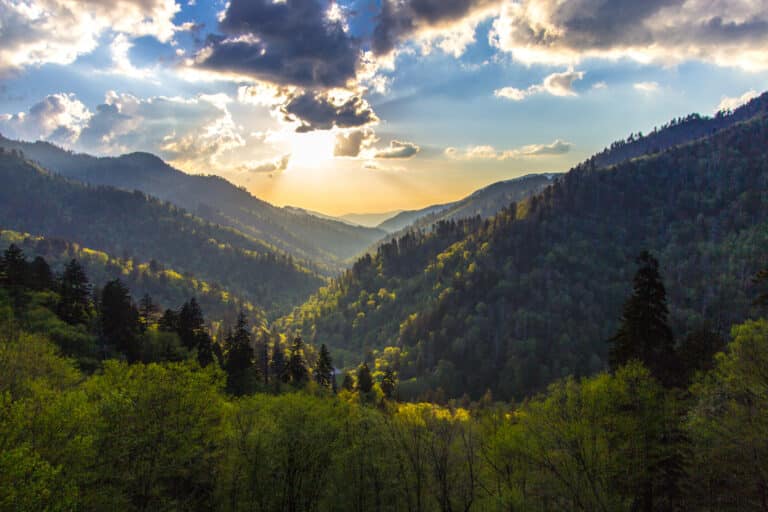On Saturday May 7 in Atlanta, Georgia I ran my first and (probably) last obstacle course race: a Tough Mudder.
Initially, I was gung-ho. I’d signed up four months in advance at 2 A.M. on a snow-strewn January night in Staunton, Virginia. Slumped over my laptop, I studied event photos—these people looked fit, confident, determined to seize life by the throat and bark demands. Muttering something about middle-age, I plugged in my credit-card info.
Soon enough, I realized my reasons for wanting to do this thing were senseless. Mostly it was the Finisher’s t-shirt. I fantasized about being saluted while jogging, pumped for details in café lines, surrounded by half-a-dozen wildly attractive coeds in the community college adjunct lounge. This was the ticket to a New Life, I thought.
I’d spent 11 weeks avoiding any/all training. Where had the time gone? What had I done with it? Work. A breakup. Split-parenting. Christmas for two small children. Drinking. The routine of middle-age.
Desperate for revenge, I did what any good journalist would do—phoned TMI’s spin-wizard and laid on the screws.
“Is obstacle course racing just another weird fad that, having peaked, will soon be forgotten?” I asked.
“Our participant numbers have remained consistent each year and are presently growing,” said Tough Mudder’s communications manager, Carol Gotshall. “In fact, four of 2016’s first five event-weekends have [seen an increase] in participant numbers.”
“But why? Why would anyone do this to themselves? It’s not even a race. No one wins. In fact, people are paying to lose.”
“Mudders have made it exceedingly clear they’re not looking for a typical timed race,” she replied. “Obstacle course racing taps into something much larger and deeper: a core set of universal values—to push your boundaries and overcome obstacles, to forge real connections and find a sense of community… Demand remains strong because our [events] tap into deep, innate human needs. People’s desire to connect and push themselves will never go away.”
Checking into the Atlanta Airport Marriott, I gazed around the lobby. The place was overrun by Mudders—men and women decked out in distinctly athletic garb, much of it TM-branded. There were thickly bearded septuagenarians in spectacles with figures that would set Michelangelo salivating. College girls with dark paint under their eyes, looking like mutant pro-volleyball players. Grey-haired ladies, the chiseling of their thighs, biceps and abs alarmingly visible through hot-pink spandex.
Fleeing to the bar, I took a seat alongside a 20-something African-American male sporting what looked to be a TM basketball uniform (head/wrist bands included). His shoulders read: “High-Gear Hopkins.” I snickered. He sized me up, squinting at my loafers and jeans, my tucked-in polo, its protruding belly-region. I buttoned my sport-coat. Overcome by laughter, Hopkins got me a beer. Three rounds later, I noticed the numbers tattooed along his calves.
“GPS coordinates for all my events,” said High-Gear, shrugging. “Used to be 300 pounds. Barely finished my first race. Four years later, I’m doing three a year… Changed my life. I live for this shit, man. Live for it.”
Eventually, he asked about me. “I am a jellyfish,” I said. “The king of all jellyfish.”
Lucky for me, a handful of booze-flushed hyper-fit people swarmed High-Gear and, leaving him to deal with their high-fives and hugs—not to mention our tab—I made an exit.
Next day I showed up at the ‘race’ in full-body spandex. Across my suit’s neon-yellow shoulders I’d scrawled, in permanent marker: “King Jellyfish.” Here, despite a 12-mile roadmap of obstacles with names like Shawshank, Birth Canal, Underwater Tunnels, Balls to the Wall and Beached Whale, people looked normal. There were teams of plump housewives supporting their overweight daughters. Beer-bellied lawyers. Scraggly teenagers. People looking like High-Gear pre-transformation. My confidence soared.
And yet, approaching the course’s final obstacle I knew I was going to die. My head was spinning; my breath came in painful gasps; every muscle in my body screamed: QUIT!
But no. Like a warped dream I watched myself hitting the dirt, belly-crawling like a man pursued by starving cannibalistic Nazis under 90 feet of tiny dangling wires charged with up to 10k volts of electricity. About midway, some fool came bull-rushing by and—ZAP!—crashed to the ground, knocked out cold.
Then I was up, staggering like a whipped dog toward the finish line. Crossing the threshold, I fell to my knees. Weeping, gasping for air, I threatened my fists toward the sky. Then an officious young woman was standing over me, draping a medal over my neck.
High Gear Hopkins was right. My life had changed. It was a small feat perhaps, but I had found a strength I never knew I had— a strength I would need to navigate the obstacles of my everyday life.
Related Content:








